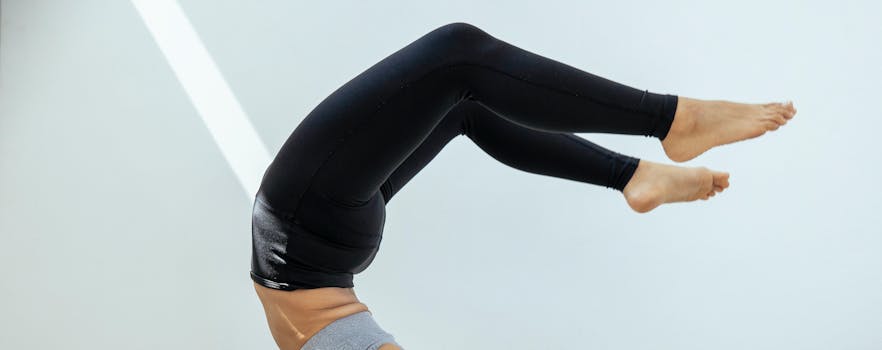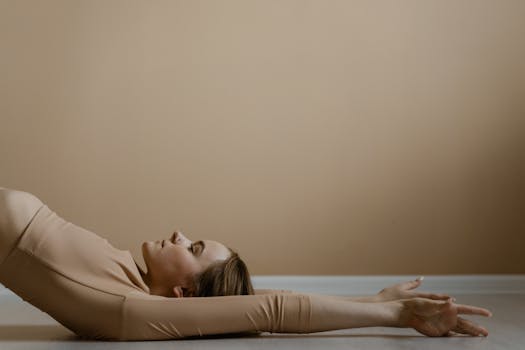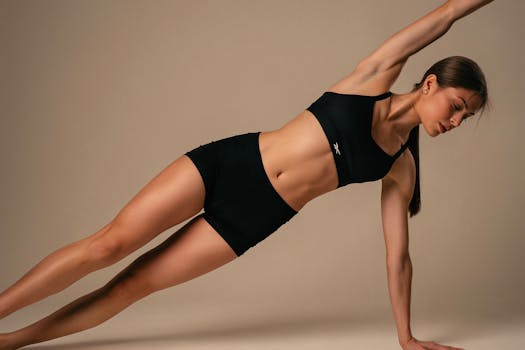
Beginner’s Guide to Yoga: Poses and Practices to Start Your Journey
Takeaways: This guide offers a comprehensive introduction to yoga for beginners, including essential poses, practices, and tips to help you start your yoga journey effectively.
Yoga is a holistic practice that combines physical, mental, and spiritual elements. It has been embraced worldwide for its numerous health benefits, including improved flexibility, strength, and mental clarity. If you’re new to yoga, this guide will walk you through the basics, helping you understand key poses and practices that can enhance your overall well-being.
Understanding Yoga

Some key benefits of yoga include:
- Improved flexibility and balance
- Enhanced strength and muscle tone
- Stress reduction and relaxation
- Better posture and alignment
- Increased concentration and mental clarity
Essential Yoga Poses for Beginners

1. Mountain Pose (Tadasana)
Mountain Pose is a basic standing pose that promotes good posture and grounding. Stand tall with your feet together, arms by your sides, and engage your core. Breathe deeply and feel your connection to the earth.
2. Downward-Facing Dog (Adho Mukha Svanasana)
This pose stretches the entire body, particularly the back, hamstrings, and calves. Start on your hands and knees, tuck your toes, and lift your hips up and back, forming an inverted V shape.
3. Warrior I (Virabhadrasana I)
Warrior I builds strength in the legs and opens the hips and chest. From a standing position, step back with one foot, bend the front knee, and raise your arms overhead while keeping your torso facing forward.
4. Child’s Pose (Balasana)
This restorative pose allows for relaxation and introspection. Kneel on the mat, sit back on your heels, and stretch your arms forward while resting your forehead on the ground. This pose is perfect for taking a break during your practice.
5. Corpse Pose (Savasana)
Often practiced at the end of a yoga session, Corpse Pose promotes deep relaxation. Lie flat on your back, arms at your sides, and focus on your breath. Allow your body to absorb the benefits of your practice.
Establishing a Regular Practice
Starting a yoga practice doesn’t have to be daunting. Here are some tips to help you establish a routine:
- Set a Schedule: Try to practice yoga at the same time each day to create a habit. Even 15-30 minutes of practice can be beneficial.
- Create a Comfortable Space: Designate a quiet area in your home for your practice. Ensure it’s free from distractions and has enough space for movement.
- Listen to Your Body: Pay attention to how your body feels during each pose. Modify poses as needed and don’t push yourself beyond your limits.
- Explore Online Resources: There are numerous online classes and tutorials available. Websites like Yoga Journal and DoYouYoga offer valuable content for beginners.
- Join a Class: If possible, join a local yoga class. Practicing with others can be motivating and provide guidance from experienced instructors.
Conclusion

For more information on yoga practices, check out Yoga Basics and Yoga Download.





